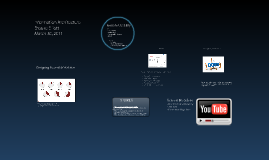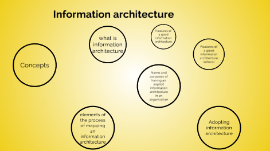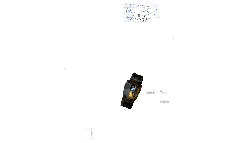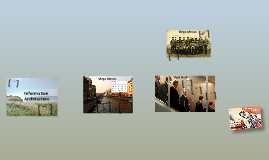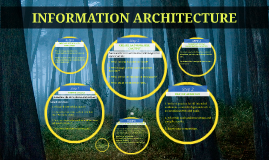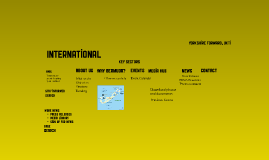Information architecture
Transcript: Information architecture Concepts Concepts They are symbols. It simply exists and has no significance beyond its existence (in and of itself). It can exist in any form, usable or not. It does not have meaning of itself. Data Data Data that has been given meaning by way of relational connection. This "meaning" can be useful, but does not have to be. Information Information It is the appropriate collection of information, such that it's intent is to be useful. Knowledge is a deterministic process. When someone "memorizes" information, then they have amassed knowledge. This knowledge has useful meaning to them, but it does not provide for, in and of itself, an integration such as would infer further knowledge. Knowledge Knowledge It is the process by which I can take knowledge and synthesize new knowledge from the previously held knowledge. The difference between understanding and knowledge is the difference between "learning" and "memorizing". People who have understanding can undertake useful actions because they can synthesize new knowledge, or in some cases, at least new information, from what is previously known (and understood). That is, understanding can build upon currently held information, knowledge and understanding itself. Understanding Understanding It is an extrapolative and non-deterministic, non-probabilistic process. It calls upon all the previous levels of consciousness, and specifically upon special types of human programming (moral, ethical codes, etc.). It beckons to give us understanding about which there has previously been no understanding, and in doing so, goes far beyond understanding itself. Wisdom is therefore, the process by which we also discern, or judge, between right and wrong, good and bad. Wisdom Wisdom what is information architecture Information architecture is a designed structure of the information,and it is used to make information easily understood and managed, enabling users to make full use of the information.It includes all aspects of the existence and linking of the information and can be changed constantly because of the dynamic information. Information architecture is being suggested as a concept and a framework with which to approach and understand the many facts and multiple connections of information used by an organization:to recognize the fact (and to remind users) )that there are always many angles to take into account. Formal diagrams,, text,, procedures, sketches on the back of an envelope αcan be used to illustrate or define relevant aspects of the architecture.It is, however, seldom possible, let alone cost-effective, to represent all aspects of an information architecture in a single document. 1.Looking at different aspects of information 2.Thinking about how they relate to each other It involves INVOLVE Features of a good information architecture Features of a good information architecture The purpose of this architecture is to provide a useful resource for the organisation and its people use-led design Information architecture has to be capable of adaption and change. It should be like a tool to help processes and not like a barrier to change Capacity for alteration The architecture must bear the while in mind, but this doesn't mean that every last detailed must be rigidly defined. Good architecture should create space in which people can act with considerable freedom A thought-out pattern for the whole People view the same information in different ways. Organisations have numerous perspectives Multiple perspectives It's necessary to construct the architecture at various levels of detail, ranging from the very specific to the overall Consciousness of scale The way in which information flows or, often, doesn't flow around an organisation is vital to its effective use Making links with information In conclusion we remember also: - Linking the whole with external environment - Different types of storage -Levels of definition -Balance of security and use Other features Features of a good information architecture (others) Features of a good information architecture (others) There are different ways to know the grade of compromise with the environment has an organisation. Linking the whole with the external environment External environment It is important to differenciate between the different types of storage for the people who need information about available or not available products, and where they are. Different types of storage Different types of storage The details have to bee good defined to all the people who need them can understand them. Levels of definition Levels of definition It is too many important to keep the information safely. Information managers must be who can know some type of information and who cannot know. Organisation and control of information are an important way to have a good management. Balance of security and use. Security & Use The purposes of explicit information may be as analytical tool, as a practical guide for the A







